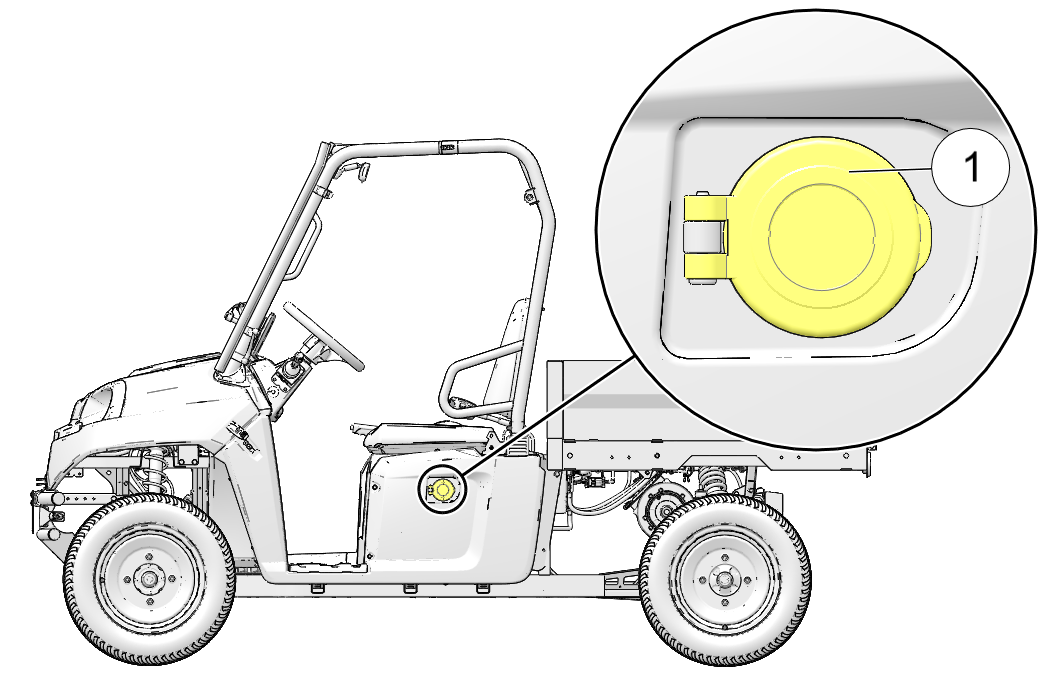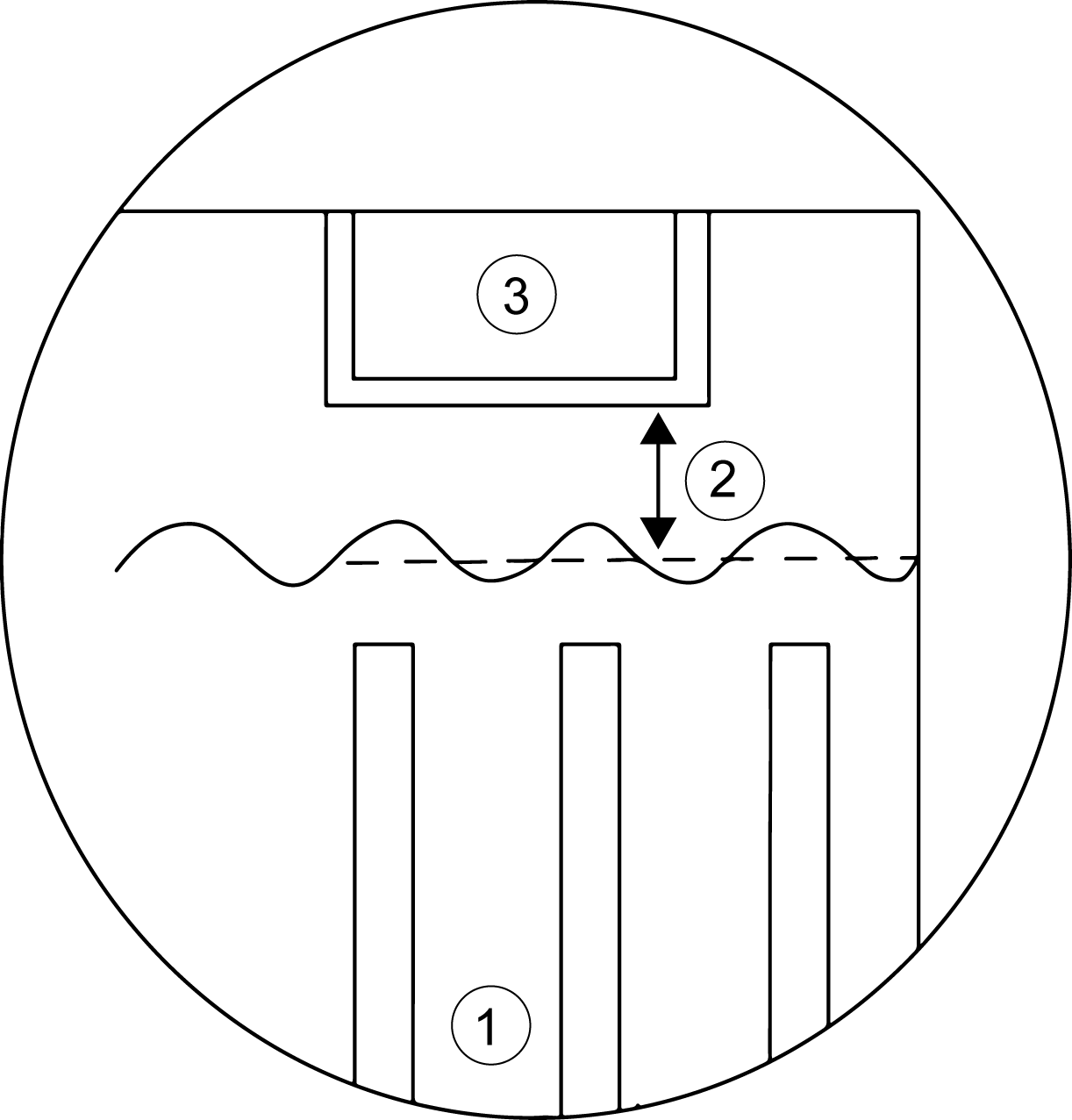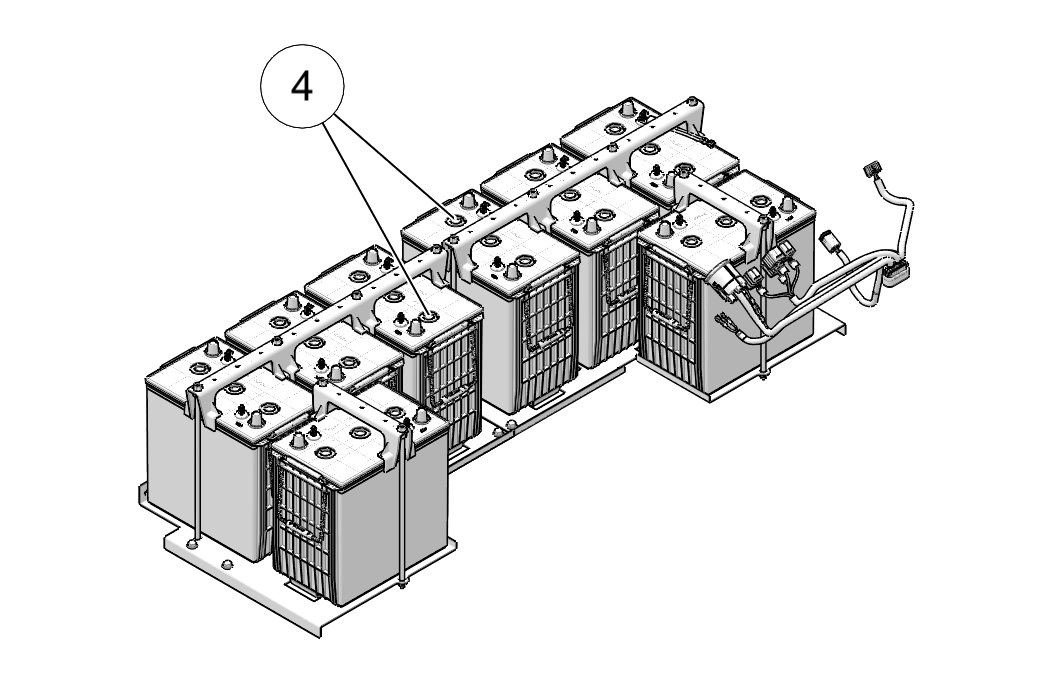
Content Source: 2021 GEM em1400 LSV Owner’s Manual (9939953-EN R01) > Maintenance Chapter
| IMPORTANT |
|
The Owner's Manual for this vehicle contains warnings, instructions and other information you must read and fully understand before safely riding or performing maintenance on this vehicle.Always follow the warnings and instructions in Owner's Manual. Click the CONTENTS link above for the Table Of Contents, or download a full PDF of the Owner Manual in the Owner Support area of Polaris.com |
| The voltage in the battery pack is sufficient to cause death by electrocution. With the exception of battery inspections and refilling the water in flooded type batteries, never attempt to perform service on the electric drive system, including the battery pack, unless you are properly trained to work on electrical systems. Your authorized GEM dealer can provide battery-related service. |
| Battery posts, terminals and related components contain lead and lead compounds, chemicals known to cause cancer and reproductive harm. Always wash your hands after touching or handling the batteries. |
| Charging a damaged battery can result in serious injury. Never attempt to charge a frozen or bulging battery. Discard the battery appropriately and install a new battery. |
| Battery electrolyte is poisonous. It contains sulfuric acid. Serious burns can result from contact with skin, eyes or clothing.
Antidote:
External: Flush with water.
Internal: Drink large quantities of water or milk. Follow with milk of magnesia, beaten egg, or vegetable oil. Call physician immediately.
Eyes: Flush with water for 15 minutes and get prompt medical attention.
Batteries produce explosive gases. Keep sparks, flame, cigarettes, etc. away. Ventilate when charging or using in an enclosed
space. Always shield eyes when working near batteries. KEEP OUT OF REACH OF CHILDREN.
|
When not in use, park the vehicle and connect the battery charger. The battery charge receptacle is located on the left side
panel below the driver’s seat ![]() .
.

| Failure to provide adequate ventilation while charging batteries can result in an explosion. Hydrogen gas is emitted during charging and will rise and accumulate at the ceiling. Always ensure a minimum of five (5) air changes per hour in the charging area. Never charge the batteries in an area subject to a flame or spark, including areas containing gas or propane water heaters and furnaces. Do not smoke in the charging area. |
| IMPORTANT |
| Ensure that your battery changing and charging facilities and procedures are in accordance with your applicable Regulatory Authority ordinances. Periodically inspect and review your facilities and procedures to ensure alignment with these ordinances. |
| TIP |
| If the charger turns off due to an overheated condition (thermal cutback), remove the seat to improve air flow. Reset the charger (interrupt AC power for 15 seconds). |
| TIP |
| After the batteries have fully recharged, the battery charger will automatically cycle in and out of the trickle charge mode to maintain the charge. |
| Do not work in or near the battery compartment or on any other electrical component of the vehicle while charging the batteries. Before servicing the vehicle’s electrical system, always unplug the service disconnect first, then disconnect any electrical accessory connections, then disconnect the negative cable from the 12-volt battery, then disconnect the negative terminal from the main battery pack. This will disable the vehicle by disconnecting the battery pack from the motor. It does not disable the battery pack. HIGH VOLTAGE will be present at the battery terminals. HIGH BATTERY VOLTAGE IS ALWAYS PRESENT. DO NOT TOUCH THE BATTERY TERMINALS. |
| NOTICE |
| Before removing the seat to access the batteries, make sure any wire or metal items (including seat belt latches, if equipped) remain clear of the battery compartment to avoid causing a short circuit to the electrical system. |
| Handling batteries and electrical components improperly can result in serious injury or death. Do not attempt to remove batteries or battery cables. Battery posts are identified on the battery case as positive (+) and negative (-). Your authorized GEM dealer can provide battery-related service. |
| NOTICE |
| Always install batteries of the exact type and make originally supplied with the vehicle to prevent damage to the vehicle’s electrical system. |
| NOTICE |
| Do not allow cleaning solution or tap water to enter the batteries. Before cleaning, make sure all battery fill well caps are installed securely. |


© Copyright Polaris Inc. All rights reserved.